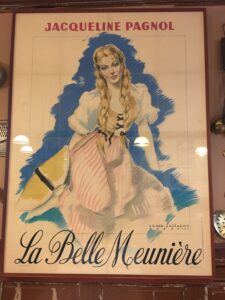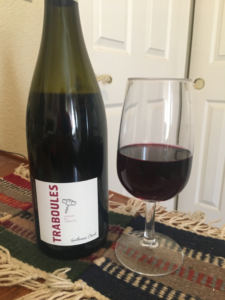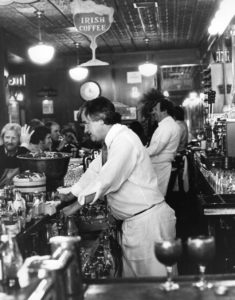“The tradition of the mâchon comes directly from the canuts who shared traditional meals in Lyon at dawn after hours of work. The mâchon is simple and friendly.” – Le Wiki
SO, IF YOU’VE READ THIS FAR, you might wonder what gives with the title of my recent string of posts.
When he first clued me into the wine called Traboules, during a trip I took to France in early 2018, the conversation with Tim Johnston about this unique French red veered off in an unexpected direction. If my old friend had me at “Rhône Valley gamay,” he further captured my attention explaining where the name came from for the Coteaux du Lyonnais made by his friends at Domaine Clusel-Roch.
After a stopover in Paris, I was headed down to Lyon by TGV, then a bit further south to the very old wine hub of Ampuis. There, I would spend a long weekend at the annual Marché aux Vins, meeting winegrowers and attempting to drink my weight in their Condrieu, St. Joseph, and Côte-Rôtie. Before the trip, I’d never been to Ampuis, nor France’s gastronomic capital of Lyon. I was beyond excited.
Over a jetlag-curing lunch at Juveniles, Tim’s 1st arrondissement wine bar, he told me to be on the lookout during the Marché for a red wine called Traboules, which the Clusels might be pouring at their table. (I’ll note here that I would walk over hot coals to get my hands on their “Grandes Places” Côte-Rôtie; it never came to that during the event in Ampuis, but it’s a wine that certainly pulls in an enthusiastic crowd.) Then, playing remote tour guide for a moment, Tim connected the dots between the Clusels’ Traboules gamay and the name, which comes from Lyon’s ancient traboules: the semi-concealed public passageways that wind through some of the city’s oldest quarters. They sounded exotic and a bit weird. Right up my alley, so to speak.





